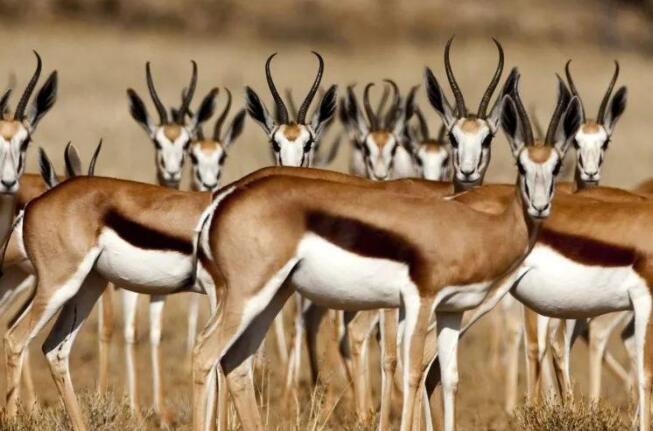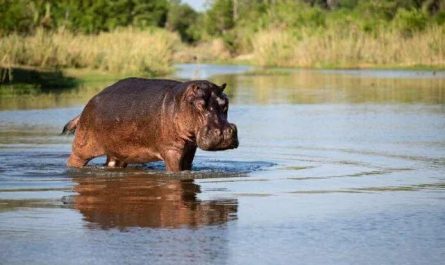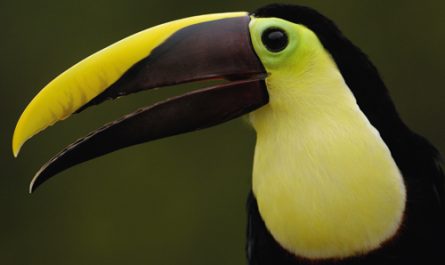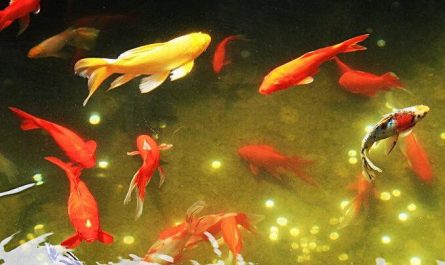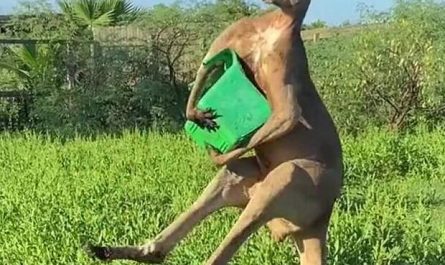The reasons for the great migration of East African animals
Mainly changes in the rainy and dry seasons. The basic migration pattern is that when there is sufficient rain (normally around December to May), animals will be scattered on the endless grassland extending from the southeast of Serengeti into the Ngorongoro Reserve. Rainy season After that, there is a lawn covering an area of hundreds of square kilometers. Animals can enjoy the joy of adequate food there.
In about June and July, as the dry season came and the forages and grasses were almost eaten, the animals walked to the northwest of Serengeti where grass and some fixed water sources could still be found. The continued drought caused the animals to move northward in August and September. Cross the border to Masai Mara, looking for sufficient water and food brought by the monsoons and heavy rains from the east Indian Ocean.
Around June each year, the grasses of the Tanzanian savannah are gradually consumed and food becomes less and less. For food, animals on the grassland will travel more than 3,000 kilometers long distances to stage the most spectacular animal migration scenes on earth.
The migration process of East African animals
From December to May of the following year, African herbivores live leisurely in the protected area of Serengeti National Park. There are abundant water plants here to provide them with enough food.
Since mid-to-late May each year, the African Serengeti National Park has ushered in its dry season. During this period, the park’s aquatic plants cannot meet the needs of a large number of herbivores, so herbivores begin to pay attention to Serengeti. Getty’s northwest migration just to chase grass and water.
Every June is the lactation period of African animals. At this time, a large number of small wildebeests will be born on the migration road, so the animal migration is definitely very difficult for these small lives.
In July and August each year, the continuous drought severely threatened the survival of the animals, so a large number of animals crossed the border, crossed the Mara River, and came to the Masai Mara. This situation will continue until September each year.
Beginning in October, the rainy season has resumed in the Serengeti savannah in Africa. Under the nourishment of rain, the grass has begun to turn green. At the same time, the area is only about one-tenth of the Serengeti, and the Maasai Mara National Park is not enough to maintain a large number of herbivores. Therefore, the animals began to move south from the Eastern Front to Serengeti, and the whole process lasted about a month. It basically ends in December each year.
In December, the animals returned to their homes and began to reproduce their offspring, cultivate and rejuvenate, and gradually replenish the number of similar species lost on the road in preparation for next year.
The herds participating in the Great Migration are divided into the “three armies”, the front, the middle and the back; the first is more than 200,000 wild zebras, followed by a million wildebeests, and behind are 500,000 gazelles. Because zebras like to eat high-level new grass, the middle-level young grass is just the food of the wildebeest, and the low-level short grass is the delicacy of a dwarf gazelle. Following the herbivores, there are groups of ferocious carnivores such as African lions, cheetahs and jackals.
Migrating animals of the Great East African Animal Migration
Zebra: It is about 300,000 zebras. He likes to grow grass the most, that is, eat the top of the grass stem.
Wildebeest: It is a wildebeest with more than 1.5 million heads. After walking behind the zebra, eat the bottom of the grass gnawed by the zebra.
Among the huge teams of the African Great Migration, the wildebeest has become the protagonist of the protagonist with an absolute advantage, and it is also a representative species of the Great Migration. Wildebeest, also called wildebeest, is a large antelope that lives on the grasslands of Africa. Belongs to rare and endangered animals. There are two species of wildebeest, bovidae, subfamily Cone, white tail
Wildebeest and brindle wildebeest. Zebra wildebeest, also collectively called wildebeest, is also called black spotted wildebeest. It is the wildebeest we are most familiar with that migrate with the seasons.
The main food of wildebeest is grass and twigs. During the African dry season from July to September, wildebeest had to migrate in search of fresh forage. During the nearly 3,000-kilometer-long African migration, the wildebeest was full of opportunities and dangers. It was dated that 250,000 wildebeests died, but the wildebeests are still happy. New baby wildebeests will join the endless cycle between Tanzania and Kenya, gathering people to travel long distances and wading.
Deng Ling: About 500,000, they are the suppressors of the Legion. After the wildebeest left, the grass just grew out of the tender grass, which is the delicacy of the antelope behind.
If you are lucky, you will see African elephants migrating. Even the newly born baby elephants have to withstand the cruel test of nature. Many weak elephants that cannot keep up with the team have the fate of being eliminated by nature’s rule of survival of the fittest.
Or the weird mongoose. In Africa, the mongoose is a relatively common animal. It is called the “ballet dancer on the African grassland”, and it is also considered the most “happy” animal on the African grassland! Its alertness It is very sexual and territorial, and it is a very social group of animals. If the food runs out, the mongoose group will migrate several times a year.
